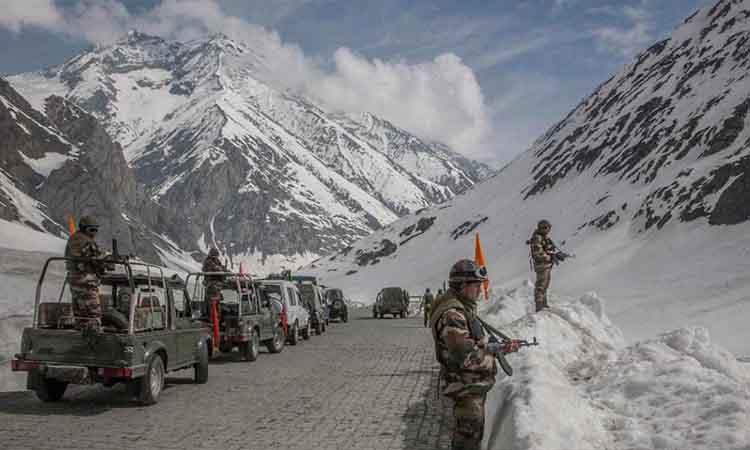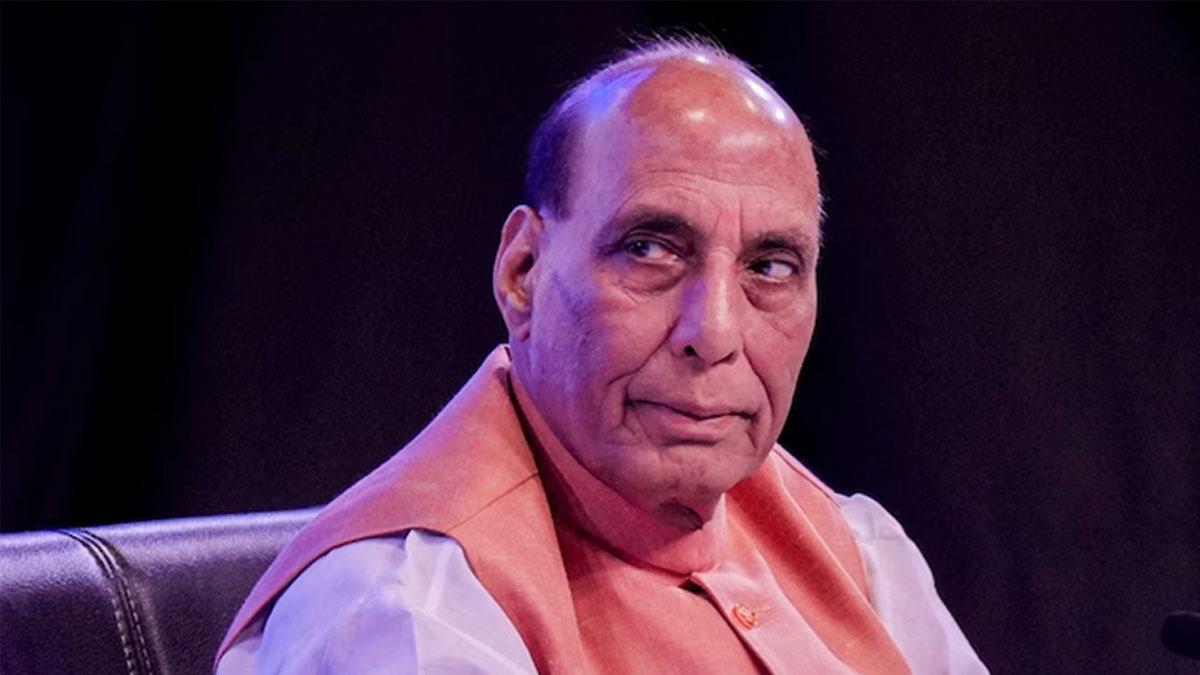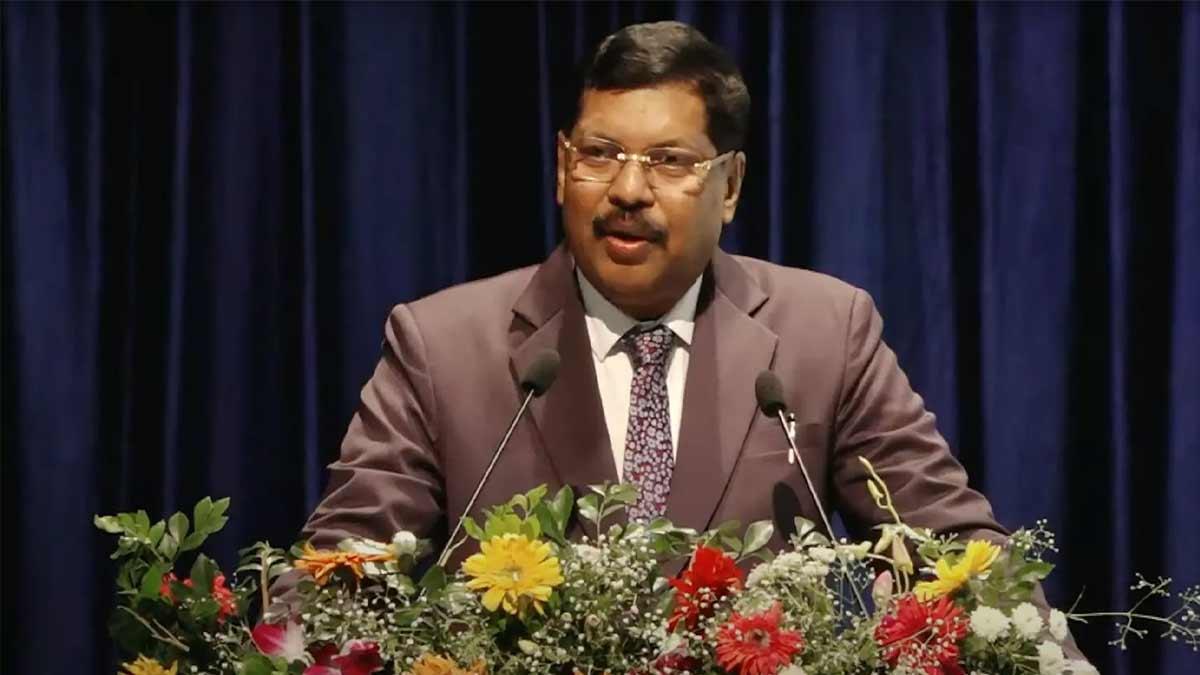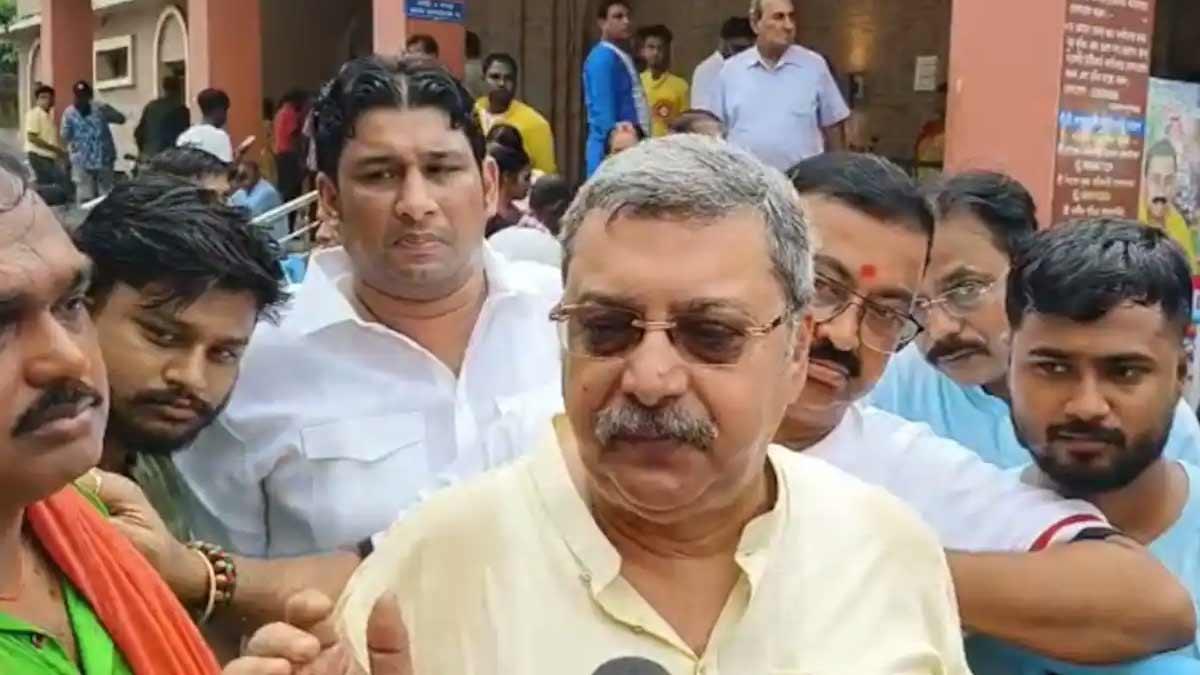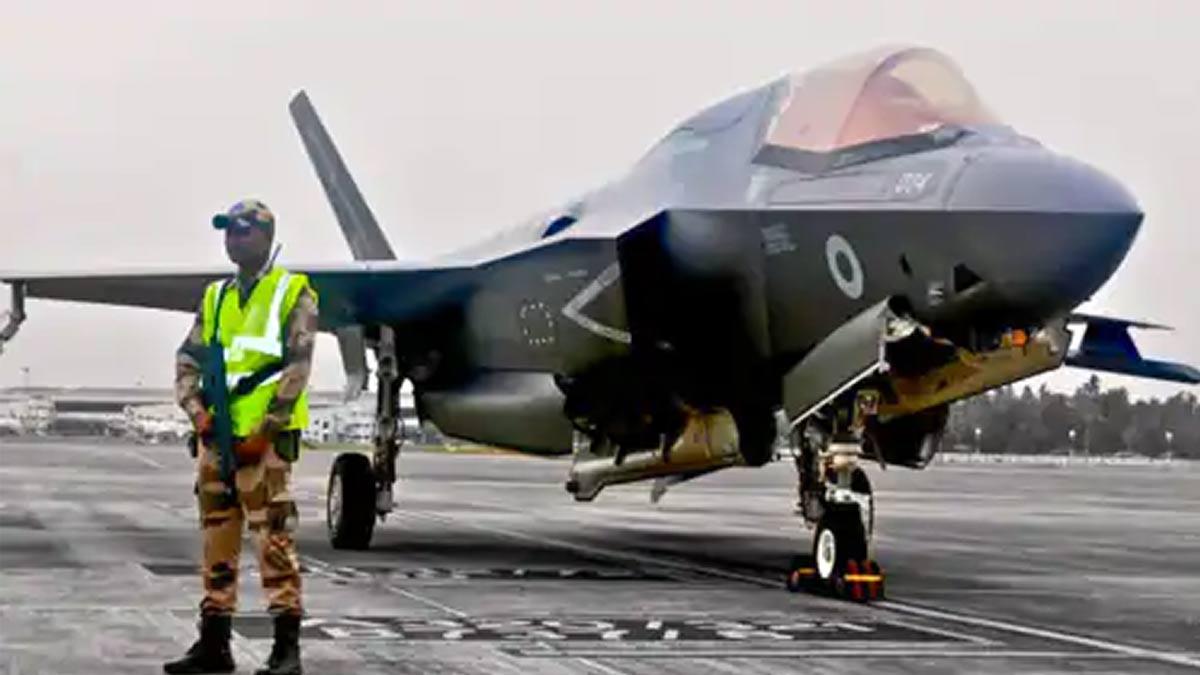As part of the disengagement process in eastern Ladakh, India and China are reportedly planning to create a buffer zone (no-patrolling zone) at Patrolling Point-17A near Gogra post. PP-17A is one of the crucial 'friction' locations in the Gogra-Hot Springs-Kongka La sector. The proposed buffer zone will be similar to the one that was set up in the Galwan Valley after violent clashes erupted between the troops of the two sides on June 15 last year.
The phased disengagement at PP-17A is likely to begin in next few days after the plan is ratified by the governments of the two countries, Times of India reported quoting its sources. The two sides agreed on the disengagement plan during the 12th round of corps commander-level talks held on last Saturday.
However, there is no immediate solution in sight to other friction points including PP-15, the blocking of patrolling by Indian troops in the Depsang Bulge area, and the pitching of tents by the Chinese in the Demchok sector. These issues need to be further discussed with the Chinese, TOI quoted its sources as saying.
Also Read | Assam-Mizoram border row: Shah speaks to chief ministers
Prior to May 5, 2020, there were two Mutually Agreed Disputed Areas (Trig Heights and Demchok) and ten Areas of Differing Perceptions at Samar Lungpa, Depsang Bulge, Areas east of Pt 6556, Charding Nullah Crossing, Kongka La, Pangong Tso, Spanggur, Mt Sajjum, Dumchele, and Chumar .
With the increase in disagreements, there has been an increase in contact between the PLA and the Indian Army in an attempt to address the extended tensions along the LAC, which resulted in fatal duels in Galwan that killed lives on both sides.
In addition, for the first time, the Corps Commanders (Senior Higher Military Commander Level: SCML) from both sides met to discuss the settlement of the standoff; before, Division Commanders (Higher Military Commander Level: HCML) were the highest-level officials addressing field problems.
India has also begun to improve its overall logistical networks and accompanying military infrastructure. India is also acquiring new machinery.
There has been no attempt to reoccupy the locations left by the Indian sides, and the Buffer Zones still exist at various spots, but the extent fluctuates.
After partial disengagement at PP-17A and PP-15 last year, there are only around 30 troops at each site within 500 metres of each other.
If this proposed disengagement takes place, it will be the first tiny step forward in the military standoff since the effective pullout of troops on both sides of the Pangong Tso in February of this year.

